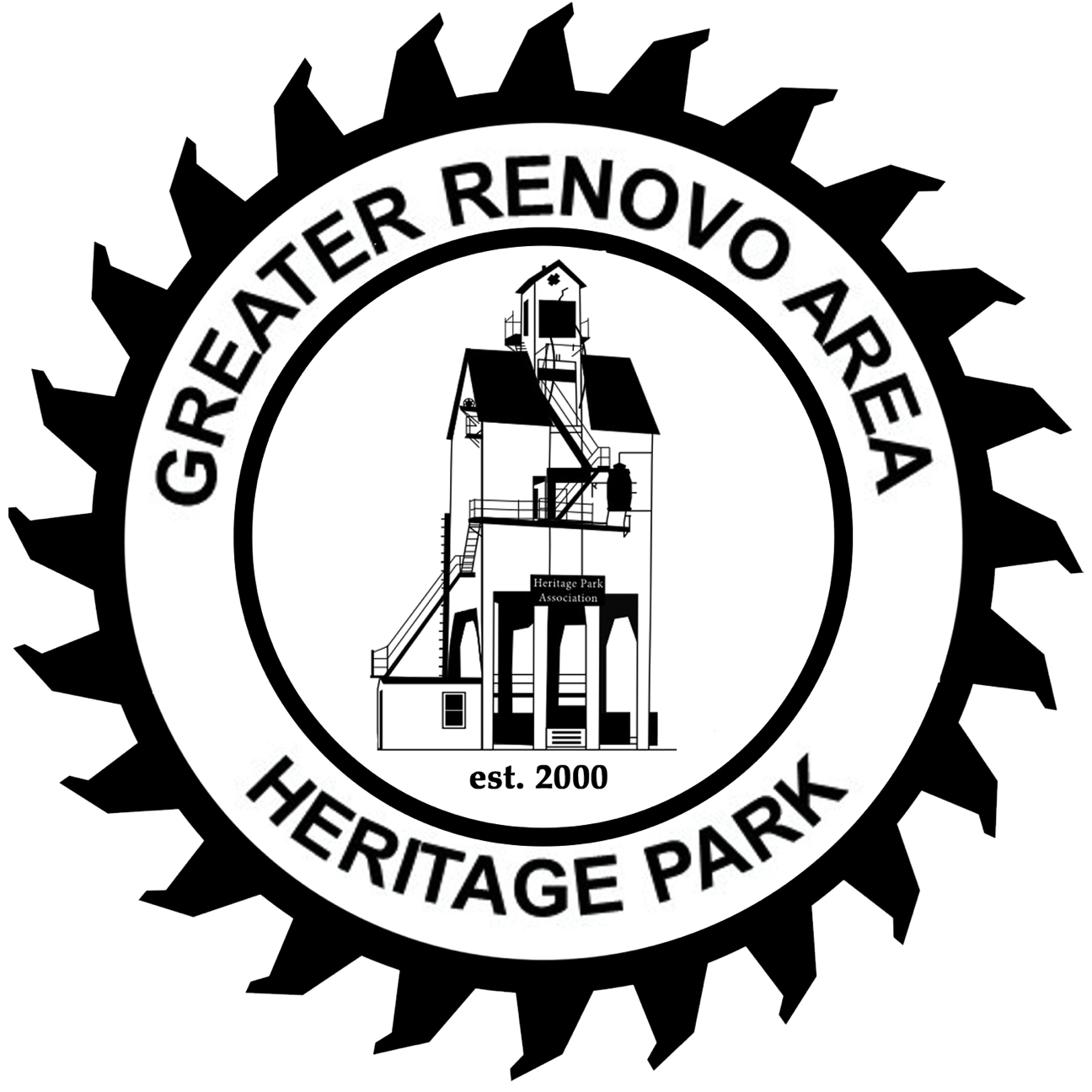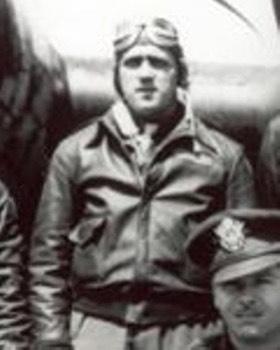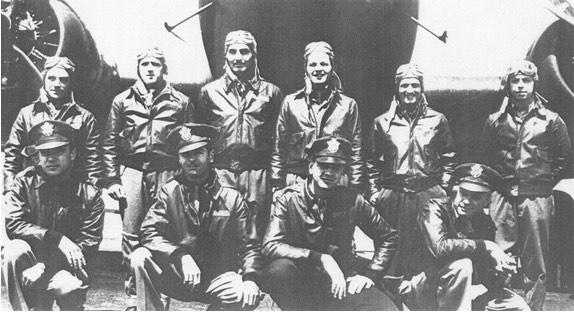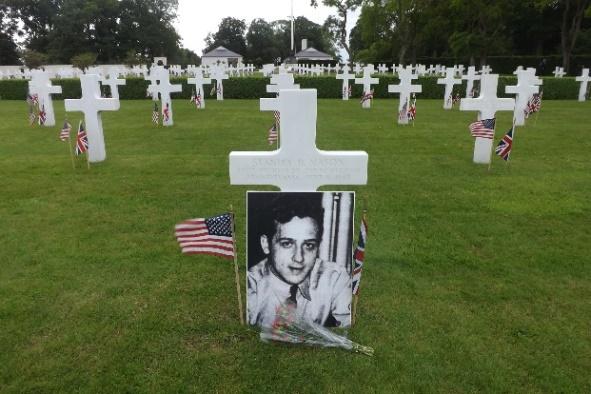Stanley Basil Mason
(Information provided by Robery “Haney” Calhoun and Kevin Rauch, Still in the Memories of WWII Allies)
Stanley Basil Mason was born on September 8, 1920. He was raised in Renovo, the son of Mr. and Mrs. Joseph Mason. They resided at 246 10th Street Renovo, PA. He enlisted in the Army Air Force after the bombing of Pearl Harbor.
Staff Sergeant Mason was killed on his 8th mission in England. A man by the name of Derrie Edge studied WWII veterans who died near his home in Hereford, England. He became fascinated with Stanley Mason and his crew. As was so often the case, many plane crashes during WWII occurred literally in the backyards of many Europeans. Derrie Edge was one such European. To honor the memory of Mason and his crew, he placed a cross and a flag at the site of the crash.
He was an original member of the 571st Bomb Squadron, 390th Bomb Group who was killed in action on September 16, 1943. For his service and heroic actions, Stanley received the Air Medal and the Purple Heart.
He joined the AAF in 1942 to be a gunner. Mason trained in Arizona until he was posted to Geiger Airfield, six miles from Spokane Washington in 1943. There Mason was assigned to the 571st Bomb Squadron, known as Wittens Wallpaper. Mason met his crew, and they began to train together as well as getting to know the B-17 Flying Fortress. The plane was built in early 1943 and the crew was given the opportunity to name the B-17. The plane eventually was named the Ascend Charlie because it was always the last one to take off. The crew was ordered to fly East to Great Falls, Montana to train as a combat unit.
In June 1943, the crew was ordered to Greenier Air Force Base in New Hampshire. While in New Hampshire, the crew was granted a six-day pass. It is not certain if Mason returned home. If he had, it would have been the last time he saw his family and Renovo.
On July 9, 1943, the order came in for the 390th to fly to Peque Island, Maine for the flight to England. The 390th arrived at Parham Airfield near Framingham, England on July 10, 1943. On August 12, 1943, the first mission was handed down and directed the crew to Bonn Germany. Upon take-off the crew learned they were to bomb a synthetic plant at Wessling in the Rhuhr Valley, Germany. Nineteen planes took off, the bombing results were poor, but Stanley and his crew flew their first mission.
There were seven more missions after that. Mission 8 on September 16, 1943, proved to be his last mission. Their target was Bordeaux, France. Under cloudy skies, the group began to receive heavy fire from the Germans. A flak burst sent fragments through the air hitting engine #1 of Ascend Charlie. With injured crew members, they began to fly back to safety. A second engine went, and visibility was so poor, they became lost.
The plane flew over Cuson Farm where farmer Pembridge and farmer Jim Gundy were talking and saw the plane in its final minute. It is believed the plane clipped the ridge bringing Ascend Charlie down. All ten aboard were killed early September 17, 1943. Stanley was only 23 years old.
Robert “Haney” Calhoun is the great nephew of Stanley B. Mason and the artist commissioned to do the Flyboy Mural. He had the opportunity to travel to England and meet Derrie Edge. Haney did the hike up the mountains for the 75th Crash Site Ceremony. What a unique opportunity for Haney and surely an inspiration for him in the creation of the flyboy mural.



